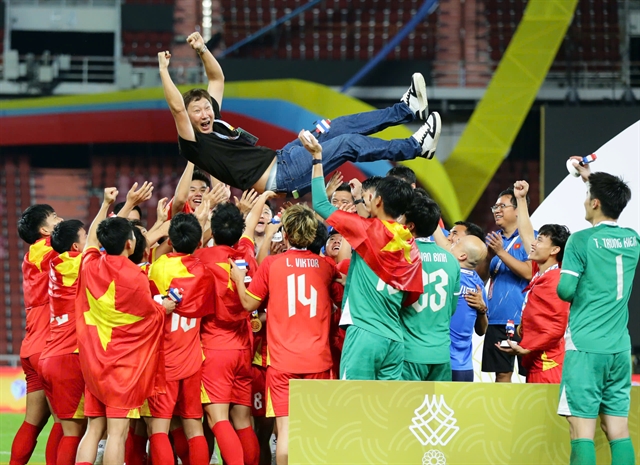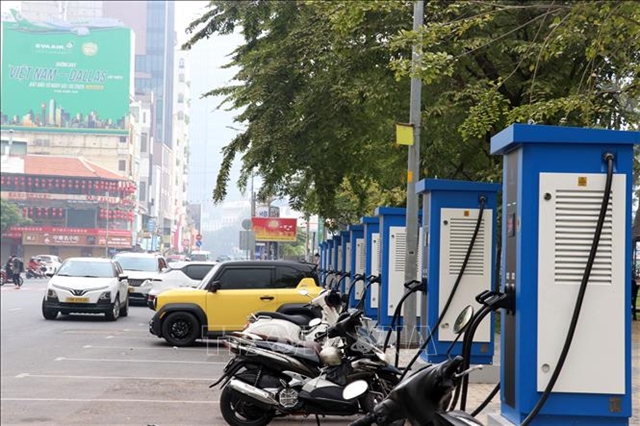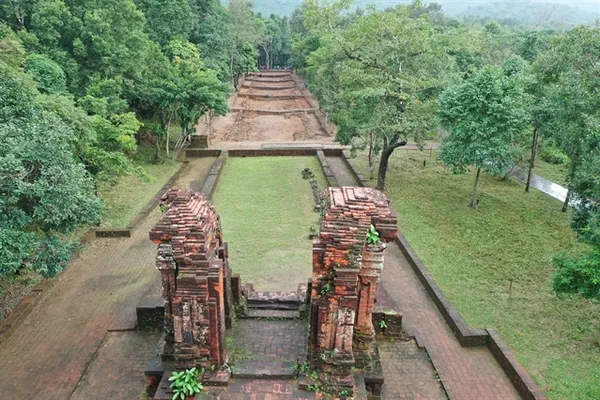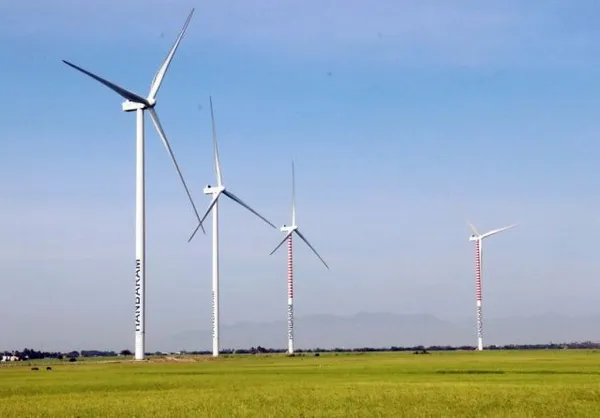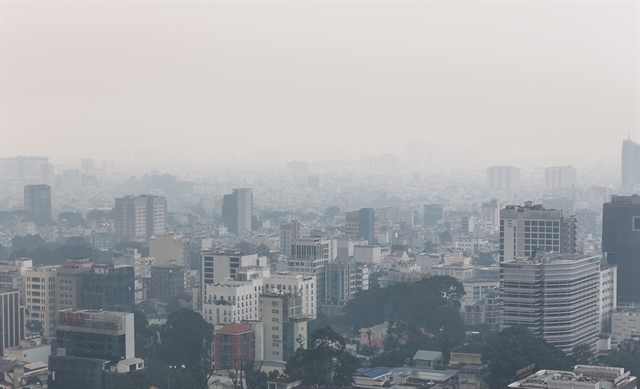 Environment
Environment
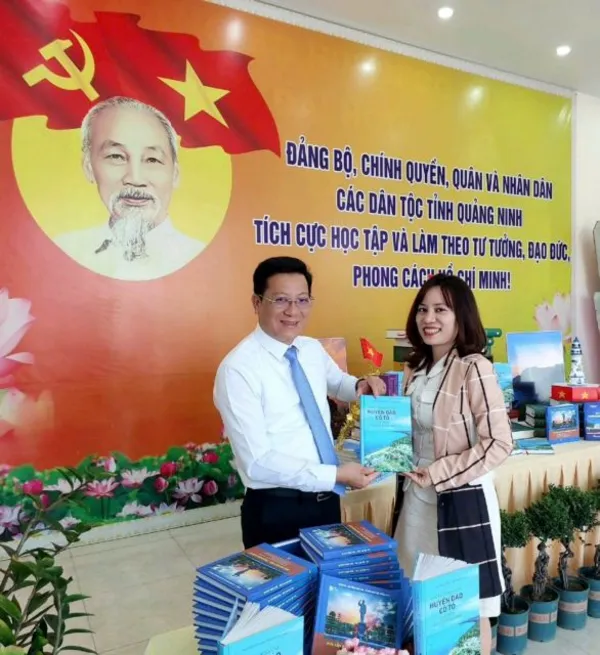
Environmental protection could only be sustainable if authorities, community and businesses work together, according to experts.
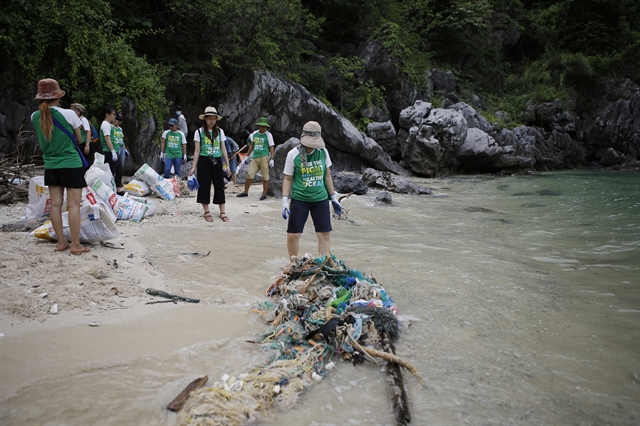
|
| Volunteers collect rubbish in Hạ Long Bay. — Photo courtesy of the IUCN |
QUẢNG NINH — Environmental protection could only be sustainable if authorities, community and businesses work together, according to experts.
One example of this is in Hạ Long Bay in northern Quảng Ninh Province where local authorities have banned single-use plastics from September 1.
The Hạ Long Bay Management Board has stepped up communications and encouraged tourists to limit the use of plastic bottles and nylon bags while visitng the bay. Service providers were asked to use paper cups, straws and bags to serve their customers, according to vice chairman of the Hạ Long Bay Management Board Phạm Đình Huỳnh.
The provincial People’s Committee has also requested all cruise boats to properly treat waste water and port owners to provide waste water treatment services and banned the use of polystyrenes for floating construction in Hạ Long.
These efforts were prompted by the Hạ Long-Cát Bà Alliance Initiative, which is one of several projects managing the heritage with a multidimensional and multi-sectoral approach, according to Huỳnh.
The alliance was established in 2014 to build a partnership between government, businesses, and community leaders to preserve and protect Hạ Long Bay World Heritage Site in Quảng Ninh and the Cát Bà Archipelago in northern Hải Phòng City.
The US Agency for International Development (USAID)-funded project, under the implementation of the International Union for Conservation of Nature (IUCN), has focused on two major themes which are improving water quality and biodiversity conservation in the area.
Over the past five years, the project has helped mobilise the engagement of businesses and promote the leadership role of the local administration in waste management, increasing public awareness of protecting the water quality and strengthening the biodiversity supervision capacity of Quảng Ninh and Hải Phòng, said Nguyễn Thị Bích Hiền, project manager, IUCN Vietnam, at a meeting held to review the project’s outcomes in Hạ Long City on Wednesday.
With regards to water quality, the project has engaged businesses to improve solid waste management through a series of activities under the campaign “Action for a Green Ha Long” initiated by alliance business members.
The alliance has partnered with nearly 20 cruise companies, local and international businesses, and civil society organisations. It has leveraged more than US$210,000 from the private sector to invest in raising awareness and community development activities in Hải Phòng and Quảng Ninh.
Lê Việt Đức, operation manager of Bhaya Cruise Company, said the company pioneered joined the alliance since 2014 and has conducted many activities to reduce waste discharge into the environment, including providing vessels for volunteers form Việt Nam and other countries to clear rubbish along Hạ Long Bay.
“The project has helped to encourage businesses to work together in protecting the environment for sustainable development,” he said.
“Customers, particularly those from developing countries, pay great attention to environmental issues. So if a company wants sustainable development, it should invest in protecting the environment to attract customers while at the same time promoting the image of the company and the country to the world,” he said.
Regarding biodiversity conservation, the project has supported Hạ Long and Cát Ba to develop a biodiversity monitoring program for each site with training, technical assistance, equipment and especially called for an increased government budget to support monitoring.
Participants at the workshop recommended that in the long-run, there remains authorities of both provinces, must look at the impact of mass tourism on water quality and wildlife; the enforcement of regulations on reducing plastic waste and improving water quality to address environmental pollution issues in the area.
Over the last five years, the project has not only strived to achieve the expected outputs but also incubate other initiatives to sustain the project itself. One of the initiatives is the Vietnam Business for Environment (VB4E), which is aimed to strengthen the role of businesses in nature stewardship.
It was initiated by the IUCN Vietnam earlier this year with a focus on plastic waste management, biodiversity conservation, sustainable tourism development, forest landscape restoration, marine and coastal conservation, water and wetland conservation, renewable energy and climate change. — VNS

